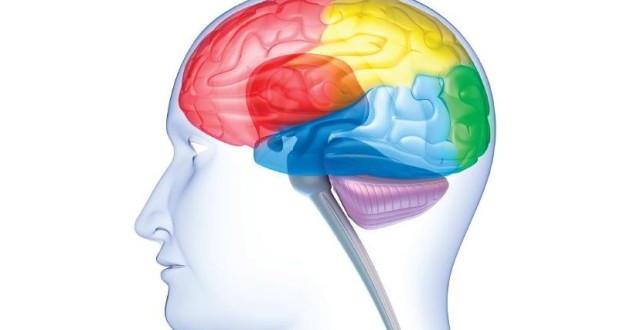If you are like most people, you’ve probably struggled from time to time with remembering routine yet important things, such as where you left your keys or the location of your MP3 player. Yet at the same time, embarrassing and painful memories often seem to have taken up permanent residence in your brain, and stubbornly persist despite your best efforts to expunge them. The reason for this maddening phenomenon is likely due to the role your emotions play in forming lasting memories.
When we experience a noteworthy event in our lives, our emotional sensors kick into high gear. As a result, the major triumphs and tribulations you encounter will be irreversibly linked to certain emotions, be it anger, sadness, happiness, regret or excitement. This bond doesn’t go unnoticed by your brain, which goes to great lengths to store as much data from these momentous events as possible. It’s a testament to your brain’s capabilities that, years or even decades afterwards, your mind can instantaneously recall specific “bookmarked” memories.
Science Weighs In
There have been numerous studies examining the link between emotions and memory formation. One such research project was conducted by faculty from Duke University. The findings from this team were subsequently published in the online version of the Proceedings of the National Academy of Sciences, the official journal of the United States National Academy of Sciences. This particular study featured a very small survey size, observing nine women with an average age of 26 years old.
The participants in the Duke study were asked to view a total of 180 pictures. These images were evenly categorized beforehand as either “pleasant,” “neutral” or “unpleasant.” The subjects were then asked to describe the appeal (or lack of appeal) of each picture. To fully measure the mental reaction of the participants, the researchers recorded the brain activity of each woman using brain scans.
Roughly a year later, the nine volunteers were again administered the same test by the Duke researchers. Once again, 180 images were displayed to the nine women, with the pleasant/unpleasant/neutral makeup maintaining a 60/60/60 split. For this second test, however, half of the picture set consisted of entirely new images, with the remaining 90 photos being holdovers from the initial examination. As with the first trial, brain scans were used to collect key data from test subjects.
This follow-up study utilized a fairly straightforward strategy for gauging the memories of the participants. Each woman, upon seeing an image, was given the option of pushing one of three buttons. If the subject clearly recalled the image from the previous year’s test, she was instructed to hit a button marked “remember.” If the participants recognized an image but struggled with remembering some of the picture’s details, they were to press a button labeled “know.” If the image felt new, the women selected a button appropriately labeled “new.”
When compiling and reviewing the study’s data, one trend became abundantly clear: the “neutral” images often fell by the wayside, yet the women had a much easier time remembering the distinctly pleasant/unpleasant photos. In other words, the subjects could better recall the images that triggered a strong emotional response. Furthermore, the researchers identified two specific sections of the brain showed increased activity when the women tapped into their memory banks. According to the brain scans, the two areas largely responsible for memory recall are the amygdala and the hippocampus.
A more recent study agrees with the Duke researchers, though it places special emphasis on the role of negative emotional reactions in creating memories. Conducted by faculty at Washington University in St. Louis, this 2011 report found that especially disturbing images could help jog the brain’s memory when retrieving other data. Participants in this particular study were quizzed on 100 pairs of English-Swahili word translations. After giving a correct answer, the subjects were shown either an unpleasant picture, a neutral picture or a blank screen. When given the test for a second time, the researchers noticed that the participants were more likely to recall correct answers that had been followed with negative photos.
The relationship between emotions and memories appears to be a two-way street. Just as emotions can dictate the production and storage of memories, our past experiences can likewise determine how we respond to certain environments and external stimuli. According to a 2006 study produced by the University of Pennsylvania, subjects who concentrated happy memories soon experienced an emotional boost. By the same token, painful or depressing recollections of past events dampened the mood of the participants. Such conclusions are also bolstered by common-sense thinking. A person who gets food poisoning at a particular restaurant, for instance, will likely be very reluctant to patronize the same establishment in the future.
The brain is certainly a fascinating machine, one that we still do not fully understand. Your past emotional reactions, both good and bad, may very well explain why your brain remembers (or doesn’t remember) life’s peaks, valleys and everything in between.
 Natural Knowledge 24/7 Educate yourself with nutrition, health and fitness knowledge.
Natural Knowledge 24/7 Educate yourself with nutrition, health and fitness knowledge.






